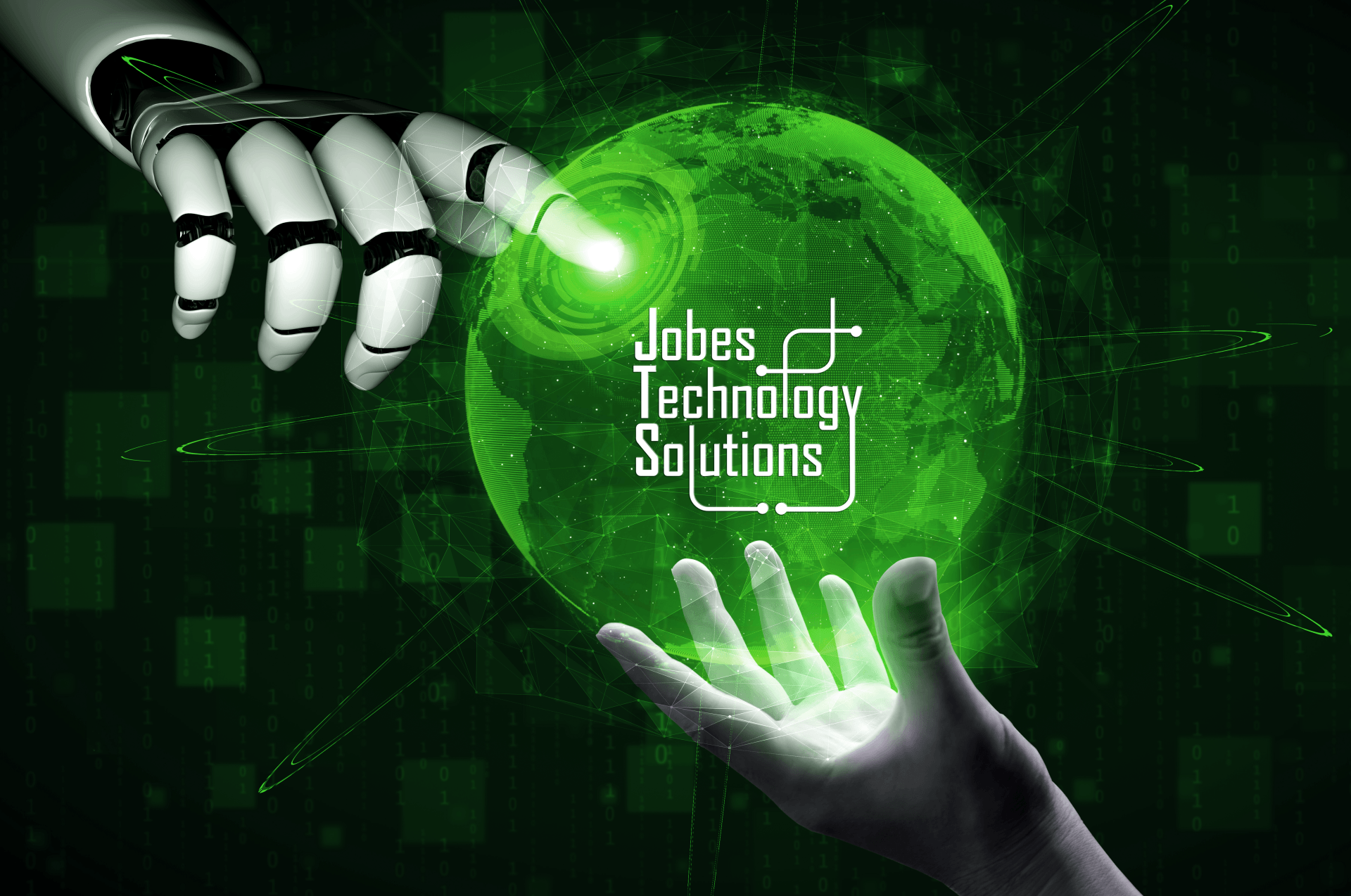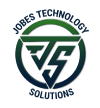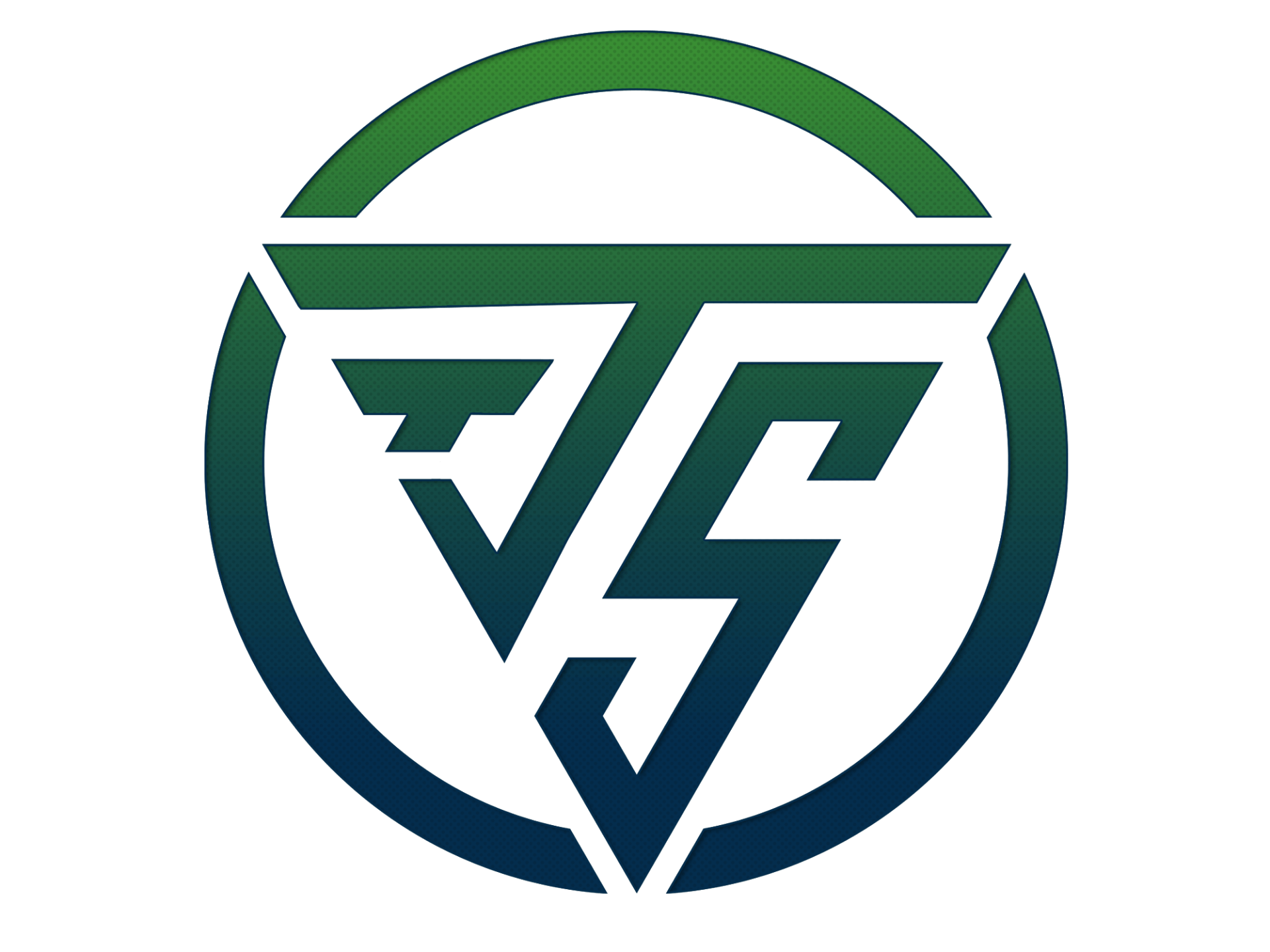RPA: Take the First Steps to Build Flexibility, Accuracy, and Efficiency in Your Organization
RPA: Take the First Steps to Build Flexibility, Accuracy, and Efficiency in Your Organization
Looking for a way to reduce the time and effort it takes to complete time-consuming and repetitive frustrated tasks? At the heart of these improvements are cutting-edge technologies such as robotic process automation (RPA), a process automation technology that can free up employees to focus on higher-value work by automating routine business processes and workflows using software robots. RPA utilizes artificial intelligence and machine learning capabilities to handle high-volume repetitive tasks that previously required humans to perform.
Although some may be skeptical of human tasks being replaced, "bots" cannot replicate human cognitive functions and cannot perform logical or critical thinking as humans do. RPA is meant to assist humans to ease their day-to-day tasks, not replace employees' jobs. To assist in these tasks, RPA allows one to automate the manual interactions in a known process of traditional automation to mimic the actions of a user at the user interface level.
McKinsey & Company and Harvard Business reports show we are entering an accelerated pace of digital transformation, and automation is the key to short-term survival and long-term success in the new era of work. Companies now need to take steps to build flexibility, accuracy, and efficiency into their operations to allow them to stay up to speed with the changing world around them, now and in the future.
What To Automate
It's not surprising that many companies don't know where to start when choosing automation projects when there is no one-size-fits-all solution. We are seeing frameworks that companies are utilizing to determine what processes to automate successfully.
We want to share with you our most recommended framework, JETBox.
With JETBox, you are provided with all the resources and documents you need to walk through your processes step by step. This free guide lets new and old organizations of all sizes walk through what digital transformation means to them. This extensive analysis of how you do business today fosters innovation of processes to successfully select and discover workflows that will be most beneficial to automation.
The RPA Process
Below is the baseline to a typical RPA implementation plan to get your business up and running with robotic process automation as fast and smooth as possible:
- Select Process: Choose a process with repetitive tasks well suited for RPA
- Planning: Gather the processes to be automated by finalizing the implementation approach
- Development: The creation of automation workflows as per the agreed plan
- Proof of Concept: Building out POC to test RPA and perform time studies to uncovers any unexpected outages and ensures a bug-free product
- Production: Implement bots for production use
- Support: Support and maintenance ensure that the product is continuously updated with smooth deployment across the user base to meet the objectives of RPA tools. Occasionally, changes to an interface may require adjustments to the software robot’s logic
What Comes of RPA:
RPA bridges gaps to ensures consistent error-free outputs leading to reduced operational risks that can improve your productivity and save time in your day-to-day work. The most recognized benefits include, but are not limited to:
- Boosting employee productivity and energy by reducing the time spent on repetitive tasks
- Scaling your business and do more with your current workforce
- Providing more consistent and responsive customer service
- Reducing or eliminating processing errors
Make It Happen Today:
By implementing modern RPA technology, you can not only address workflow issues that you may or may not be aware exist, but you'll also prepare yourself for future changes that will also, inevitably, come your way.
If you're unsure of the resources you have to drive automation at the level you need, your smart solution experts are here to help. Jobes Tech is here to provide you with the tools and solutions you need to automate today and thrive tomorrow.
Schedule your one-on-one today or contacts us today to get started





Need help? We're here for you. Visit our support site.
Powering transformational tech solutions across industries.
ADDRESS
CALL US AT:
ADDRESS
CALL US AT:
Jobes Technology Solutions, LLC. | All Rights Reserved








